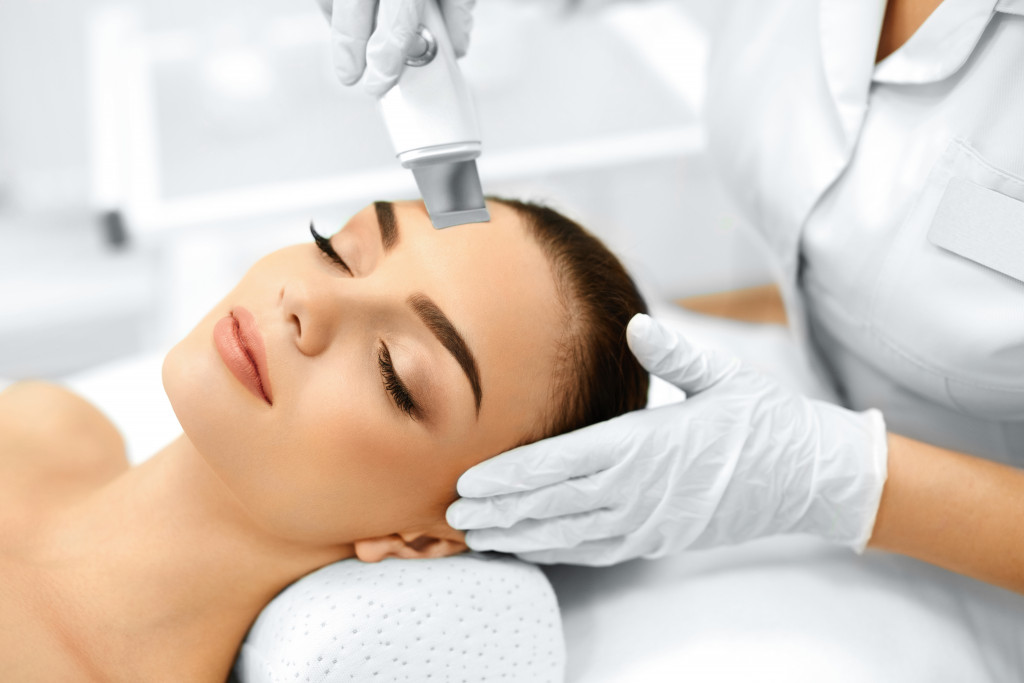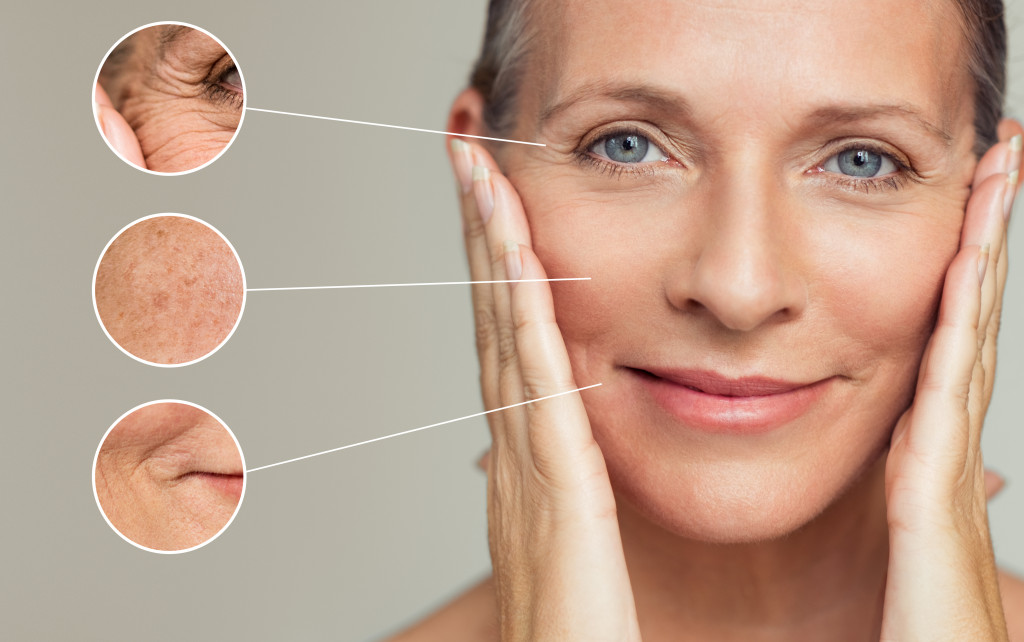- Radiofrequency (RF) skin tightening is a non-invasive procedure that uses energy waves to stimulate collagen production and tighten sagging skin.
- Ultrasound therapy is a non-invasive treatment that uses focused ultrasound energy to stimulate collagen production for tighter, more lifted skin.
- Laser skin resurfacing removes the outer layers of damaged skin, stimulating collagen production and promoting skin tightening.
- Dermal fillers are injectable treatments that restore volume and firmness to sagging skin.
- Thread lift is a minimally invasive procedure that involves inserting biodegradable threads beneath the skin to lift and tighten tissues.
Your skin naturally loses its elasticity as you age, resulting in sagging and wrinkles. Fortunately, advanced techniques are available to help firm sagging skin and restore a more youthful appearance. This guide will explore five effective techniques to tighten and lift sagging skin. From non-invasive procedures to innovative technologies, these methods can provide remarkable results in rejuvenating your skin and boosting your confidence.
1. Radiofrequency Skin Tightening
Radiofrequency (RF) skin tightening is a non-invasive procedure that uses energy waves to stimulate collagen production and tighten sagging skin. The RF energy gently heats the deeper layers of the skin, triggering collagen remodeling and contraction. This leads to a smoother, firmer, and more youthful appearance. The procedure is comfortable and requires no downtime, making it a popular choice for those seeking skin tightening without surgery.
2. Ultrasound Therapy

Ultrasound therapy is another advanced technique that effectively firms sagging skin. This non-invasive procedure uses focused ultrasound energy to stimulate collagen production deep within the skin’s layers. The heat generated by the ultrasound energy promotes collagen remodeling, resulting in tighter and more lifted skin over time. The treatment is typically performed in a series of sessions, and the results continue to improve over several months.
3. Laser Skin Resurfacing
Laser skin resurfacing is a versatile procedure that can address various skin concerns, including sagging skin. It uses laser technology to remove the outer layers of damaged skin, stimulating collagen production and promoting skin tightening. The controlled thermal damage encourages the skin to heal, resulting in a smoother, firmer, youthful complexion. Laser skin resurfacing can be customized to target specific areas, and the downtime associated with the treatment varies depending on the intensity of the procedure.
Here are some tips for preparing to undergo laser skin resurfacing:
Make Sure You Are Eligible for Laser Skin Resurfacing
Before undergoing laser skin resurfacing, it is important to make sure you are an eligible candidate. This procedure is not suitable for everyone, and if you have certain medical conditions or take certain medications, you may be at risk of complications. It is best to consult a dermatologist before deciding whether this procedure is right for you.
Avoid Sun Exposure Before Treatment
Since laser skin resurfacing is to reveal smoother, firmer skin, it’s important that your complexion is in good condition beforehand. To ensure the best possible results from your treatment, avoid tanning and prolonged sun exposure before your appointment. Additionally, moisturize your skin daily and use a broad-spectrum sunscreen with SPF 30 or higher when outdoors.
Don’t Plan Anything After the Treatment
Since laser skin resurfacing can cause redness, swelling, and other side effects, planning time off after the procedure is essential. Immediately following treatment, you must rest at home for a few days to give your skin ample time to heal. Ensure you have enough food and supplies stocked up so you don’t have to go public until the redness subsides.
Talk To Your Doctor About Pain Control Options
Laser skin resurfacing can cause some discomfort during the procedure, and your doctor may recommend a topical anesthetic or other pain control options to make the experience more comfortable. Discuss these options with your doctor to ensure you have everything you need for a successful and comfortable treatment.
4. Dermal Fillers

Dermal fillers are injectable treatments that effectively restore volume and firmness to sagging skin. These substances, such as hyaluronic acid, are injected beneath the skin to fill in wrinkles and fine lines, resulting in a plumper and more lifted appearance. By carefully selecting a clinic for dermal filler injections, you can ensure a precise and safe procedure with minimal discomfort and risk of complications. Dermal fillers provide immediate results and can last anywhere from several months to over a year, depending on the product used.
5. Thread Lift
A thread lift is a minimally invasive treatment inserting biodegradable threads beneath the skin to lift and improve existing sagging tissues. The threads stimulate collagen production and provide immediate support, resulting in a visible improvement in skin laxity. Over time, the threads dissolve, leaving behind a foundation of new collagen that maintains the lift.
A reputable clinic that utilizes reliable FDA-cleared cannula for thread lift procedures can ensure precise placement and optimal results. This treatment offers a non-surgical alternative to traditional facelifts, with minimal downtime and natural-looking outcomes. More importantly, FDA-cleared cannulas are designed to minimize complications such as nerve and blood vessel trauma which can occur with manual thread lift applications.
In Summary
Firming sagging skin is now more accessible than ever, thanks to advanced techniques and technologies available at reputable clinics. Whether you choose radiofrequency skin tightening, ultrasound therapy, laser skin resurfacing, dermal fillers, or thread lifts, these treatments offer remarkable results in restoring a more youthful and vibrant complexion. Consult your dermatologist for personalized recommendations on the right procedure for your skin concerns.

